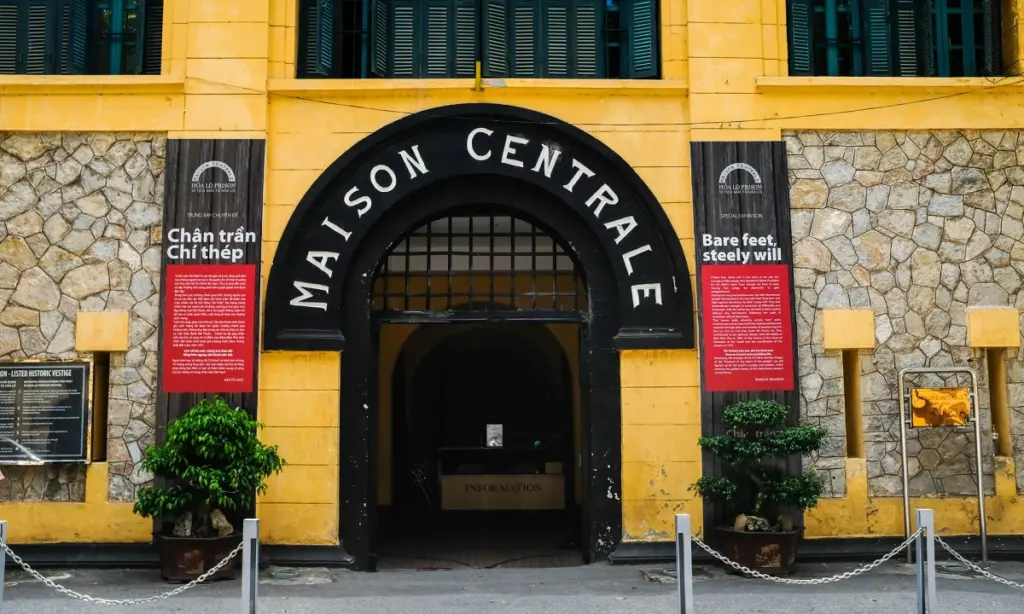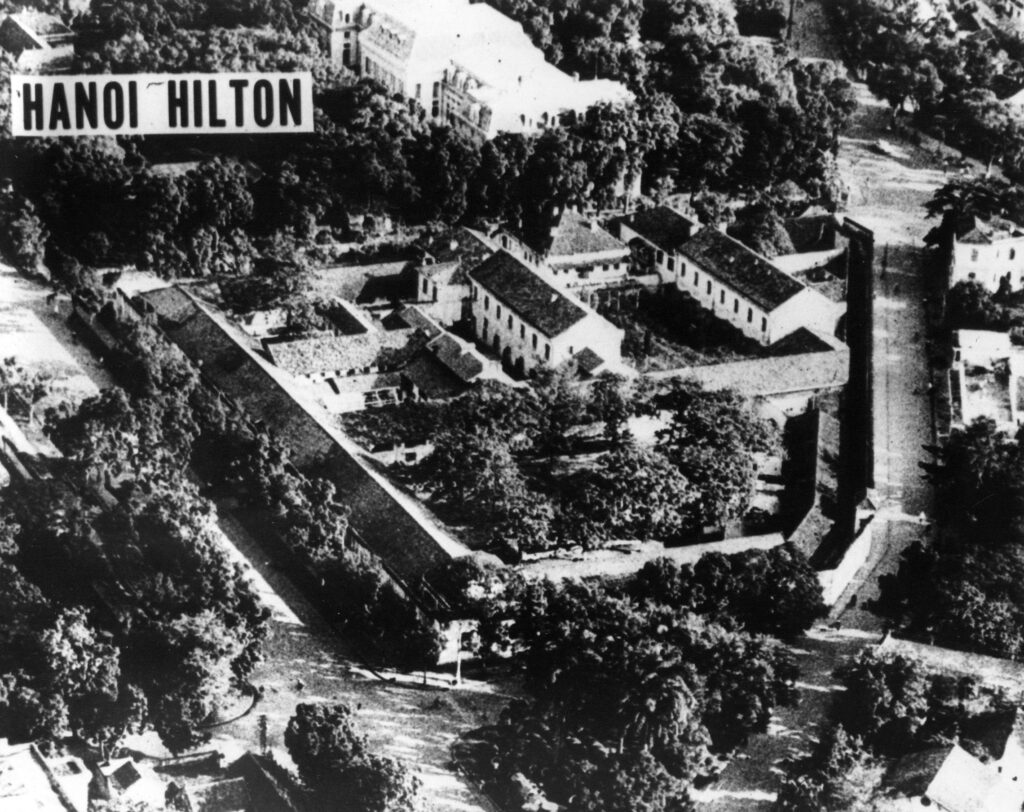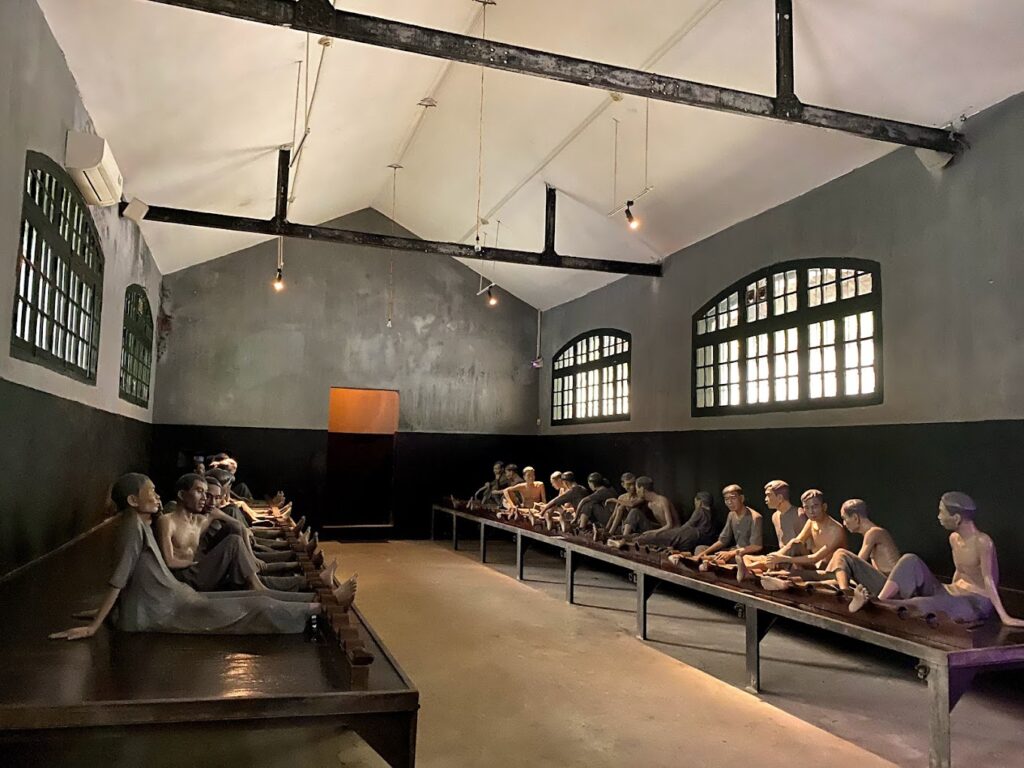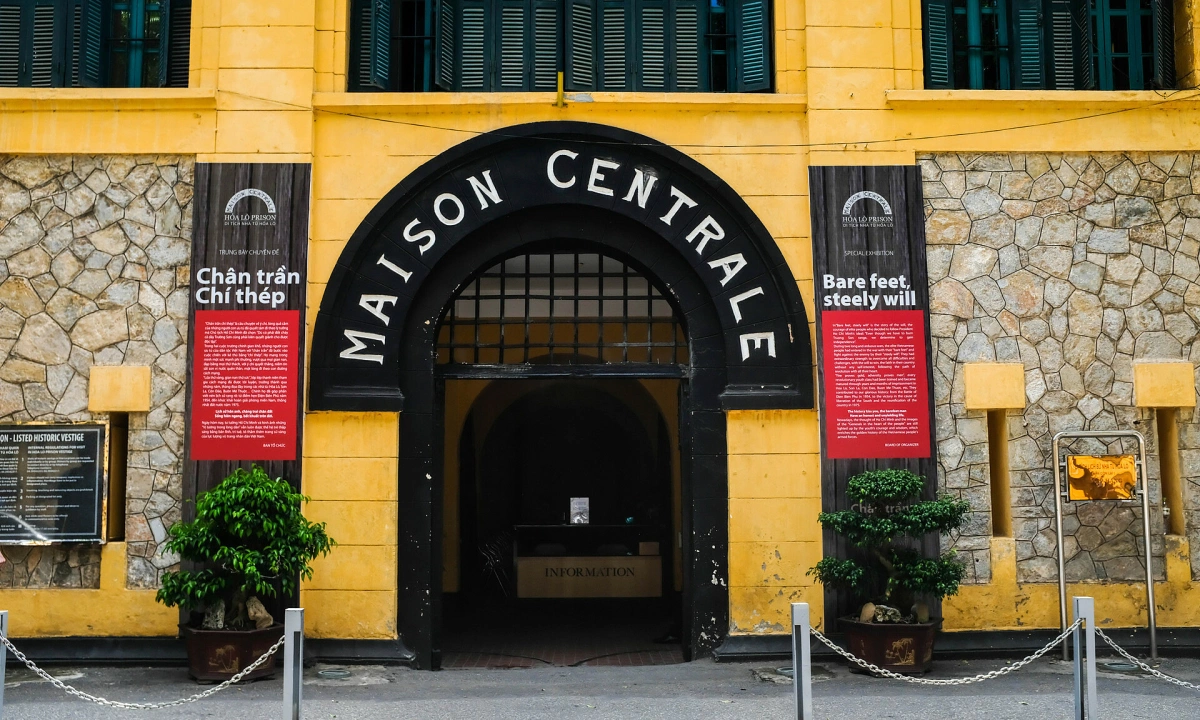Exploring the Dark History of Hoa Lo Prison Museum
G’day, fellow adventurers! Aussie Mates here. After nearly two decades of calling Vietnam home, Tracy and I have explored every nook and cranny of this fascinating country. Today, I want to share one of Hanoi’s most sobering yet essential historical sites – the infamous Hoa Lo Prison, better known to many Australians as the “Hanoi Hilton.”
This isn’t your typical tourist attraction, mates. It’s a powerful reminder of Vietnam’s complex past and a place that leaves every visitor with something to ponder. So grab a cuppa, and let’s dive into this significant piece of history that connects Vietnam, Australia, and America in unexpected ways.

A Bit of Background: From French Colonial Prison to POW Camp
Built by the French in the late 1880s, Hoa Lo Prison was originally designed to house Vietnamese political prisoners during the colonial period. The name “Hoa Lo” actually translates to “fiery furnace” – rather fitting given the hellish conditions prisoners endured here. The French didn’t hold back on creating a facility that would break both body and spirit.
When Tracy and I first wandered through the imposing gatehouse, we were immediately struck by the thick walls and sense of dread that seems permanently embedded in the stonework. The prison originally covered about 4 hectares, though much of it has been demolished to make way for high-rises and the Hanoi Towers (oh, the irony).
During the Vietnam War (or the American War, as it’s known locally), Hoa Lo gained international notoriety as the detention site for American POWs, including future US Senator John McCain. These captives sarcastically nicknamed it the “Hanoi Hilton” – a grim joke comparing it to the luxury hotel chain.

What You’ll See: A Journey Through Dark Times
The museum today preserves only about a third of the original complex, but crikey, it packs a punch! As you wander through, you’ll encounter several distinct sections:
- The grim French colonial period exhibits
- Displays showing Vietnamese revolutionaries imprisoned here
- The American POW section
- Chilling punishment areas including solitary confinement cells
The French colonial section doesn’t pull any punches. You’ll see the original cells where Vietnamese prisoners were shackled to long iron bars in cramped, shared spaces. The guillotine room is particularly confronting – yes, an actual guillotine used for executions stands in silent testimony to the prison’s brutal past.
One thing that stood out to Tracy and me was the ingenious tunnel escape exhibit. In 1945, over 100 Vietnamese political prisoners managed to escape through Hanoi’s sewer system. The courage and desperation required for such an escape attempt is mind-boggling.

The American POW Experience: Contrasting Narratives
Here’s where things get interesting for us Western visitors. The section dedicated to American POWs presents what many would consider a sanitized version of history. Photos show prisoners playing basketball, celebrating Christmas, and receiving decent treatment – a stark contrast to accounts from the POWs themselves after their release.
John McCain’s flight suit is on display, alongside other personal items from American pilots. The narrative here focuses on how “humanely” prisoners were treated, which differs dramatically from Western historical accounts of torture, isolation, and psychological abuse.
This juxtaposition of narratives is actually what makes Hoa Lo such a fascinating place to visit. It’s a reminder that history is often told differently depending on who’s doing the telling – something we’ve noticed repeatedly during our 20 years living in Vietnam.
Getting There and Practical Tips
Located at 1 Hoa Lo Street in Hanoi’s French Quarter, the museum is dead easy to find. Tracy and I recommend getting there early (it opens at 8 am) to avoid both the midday heat and the tour groups that arrive later.
The entrance fee is a modest 30,000 VND (about $2 AUD), making it one of the best-value historical sites in Hanoi. Plan to spend about 1-2 hours here – any less and you’ll rush through important exhibits, any more and the heaviness of the place might become overwhelming.
A few tips from our experience:
- The audio guide (available for an extra fee) is worth every dong – it provides context you’d otherwise miss
- The museum can get stinking hot, especially in summer, so dress accordingly
- Photography is permitted in most areas, but be respectful
- There’s minimal signage in English, so the audio guide or a human guide is recommended
Our Personal Take: A Must-Visit for Thoughtful Travellers
I won’t sugar-coat it – Hoa Lo isn’t a barrel of laughs. It’s confronting, at times disturbing, and definitely thought-provoking. But that’s precisely why it’s worth your time.
During our latest visit, Tracy and I sat in the courtyard afterward, processing what we’d seen. We’ve brought many Australian friends here over the years, and without fail, everyone leaves with a deeper understanding of Vietnam’s complex history and resilience.
For us Aussie Baby Boomers who grew up with the Vietnam War playing out on our televisions, Hoa Lo offers particular significance. It connects us to a pivotal moment in our region’s history – a time when Australian troops fought alongside Americans in a conflict that divided our nation.
Beyond the Prison Walls: Contextualizing Your Visit
To really appreciate Hoa Lo, consider visiting some complementary sites in Hanoi. The Vietnam Military History Museum and the B-52 Victory Museum both provide additional context to the conflict. For something completely different afterward, the nearby Old Quarter offers a perfect palette cleanser with its bustling streets and fantastic street food.
When Tracy and I take visitors here, we usually balance the day with something more uplifting afterward – perhaps a stroll around Hoan Kiem Lake or a cold Bia Hoi (fresh beer) at one of the local streetside bars.
Final Thoughts: Why This Matters
Hoa Lo Prison Museum stands as a powerful reminder of how recent and real this history is. For Australians of our generation who remember the TV footage, the protests, and the divisive nature of the Vietnam War, it’s particularly meaningful.
The prison’s dual identity – as both a symbol of colonial oppression and later as the infamous “Hanoi Hilton” – makes it an essential stop for understanding Vietnam’s journey to the vibrant, forward-looking nation it is today.
While much of the original prison has been replaced by modern developments (progress waits for no one in today’s Vietnam), what remains serves as a sobering reminder of the resilience of the human spirit and the importance of remembering our shared, complicated history.
As Tracy always says when we leave such places, “We need to know where we’ve been to understand where we’re going.” Wise words from my better half, as usual.
Until next time, this is Aussie Mates signing off from Hanoi. Don’t forget to subscribe for more insights from our adopted home here in magnificent Vietnam!
